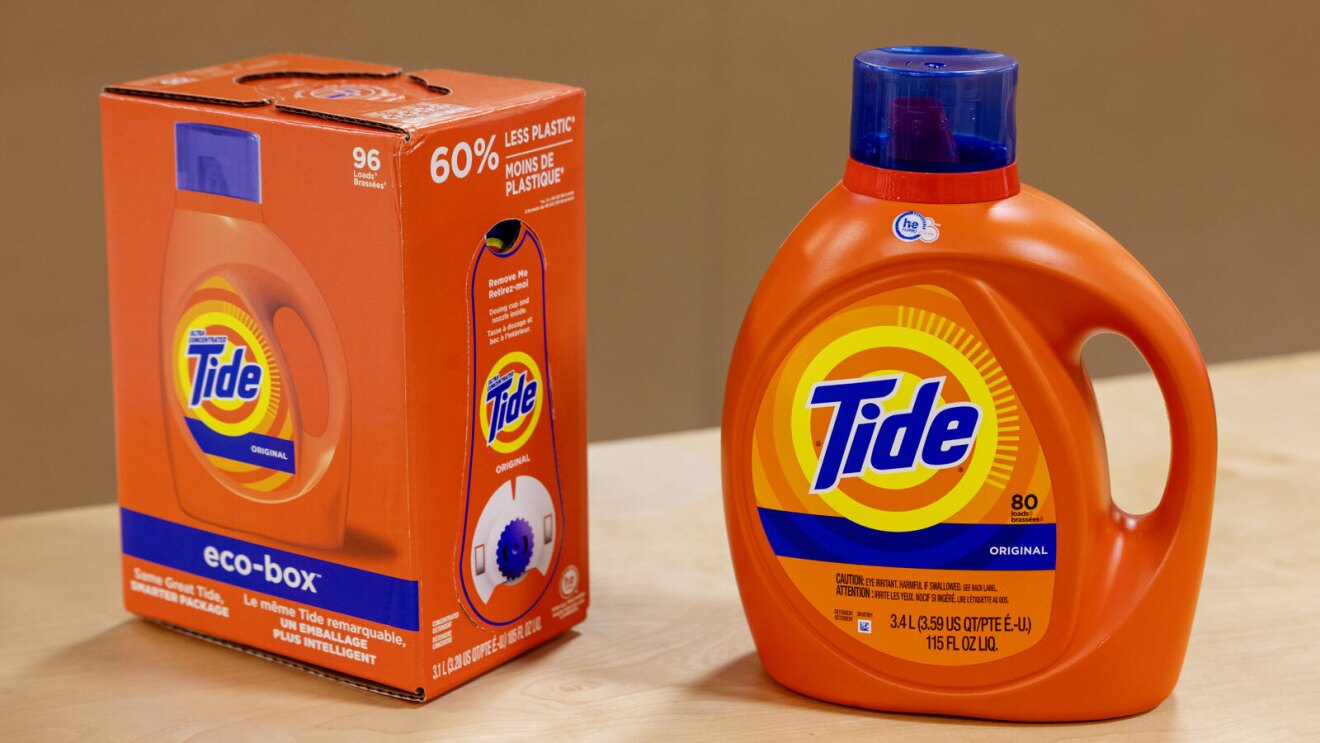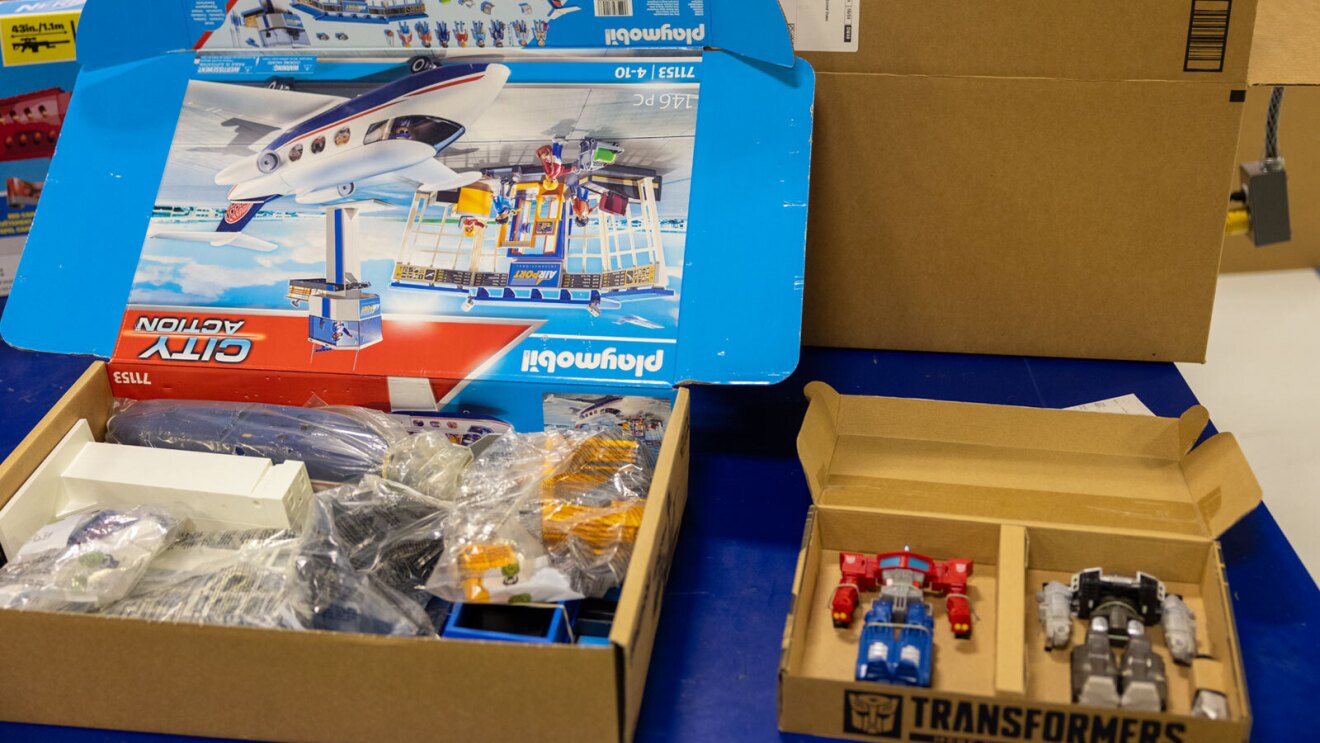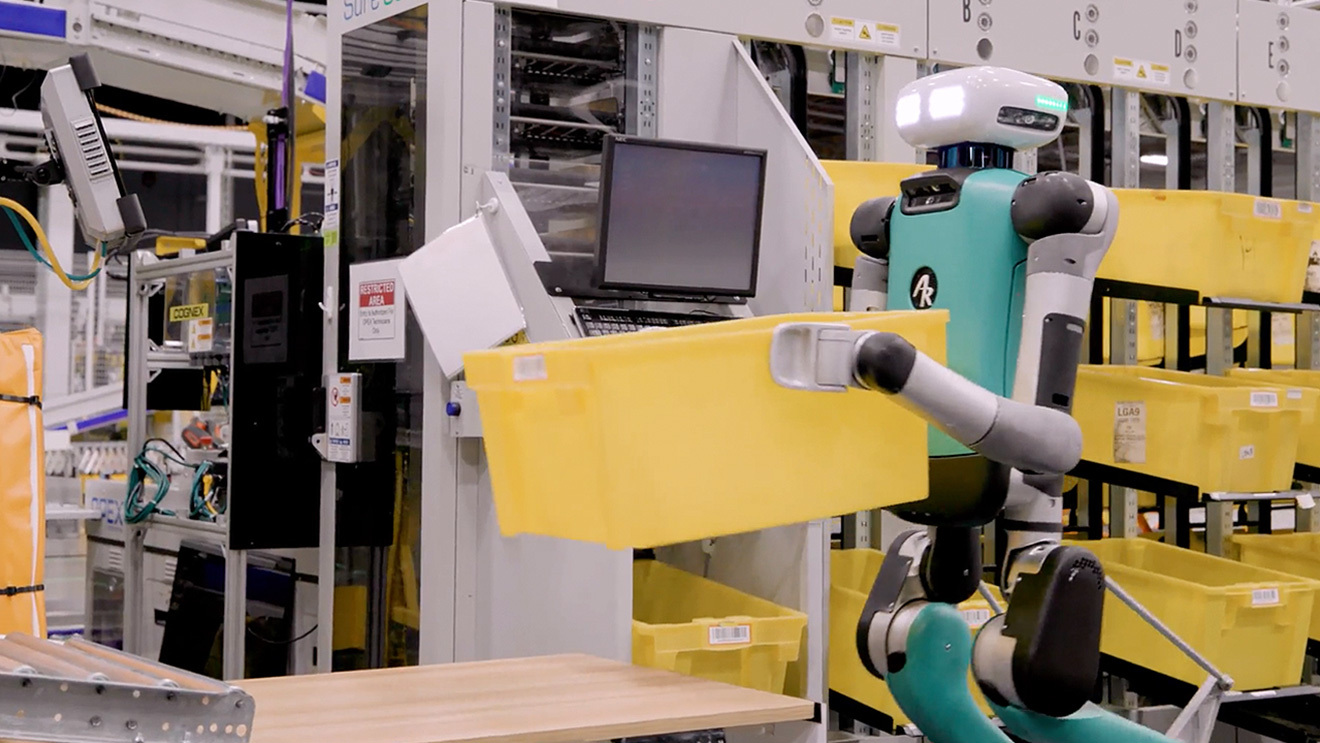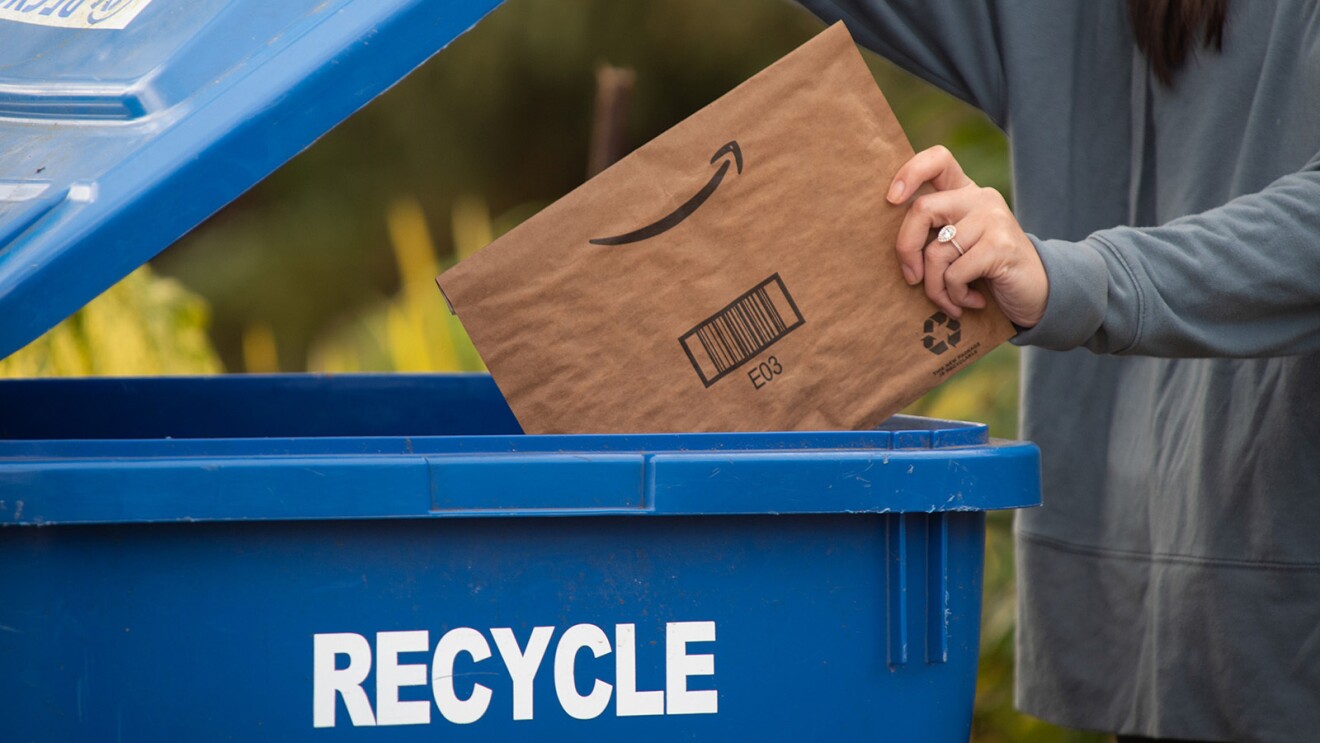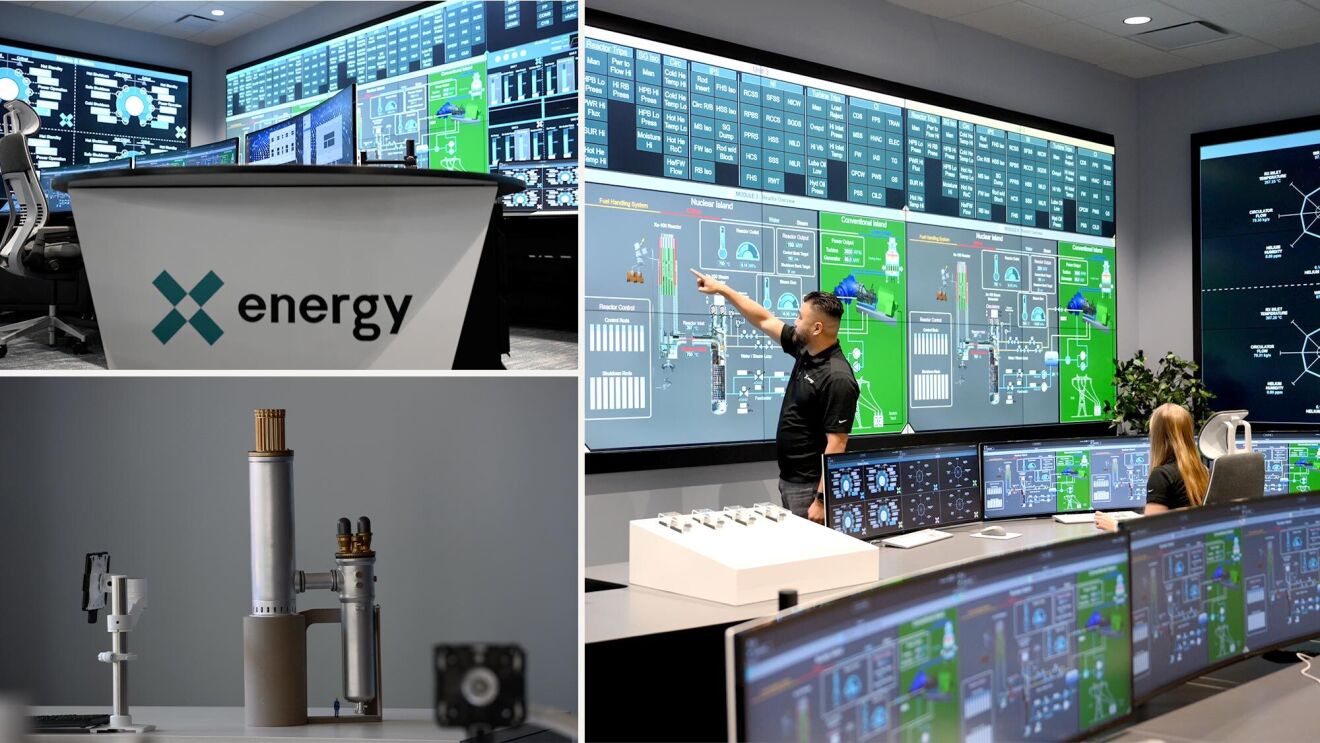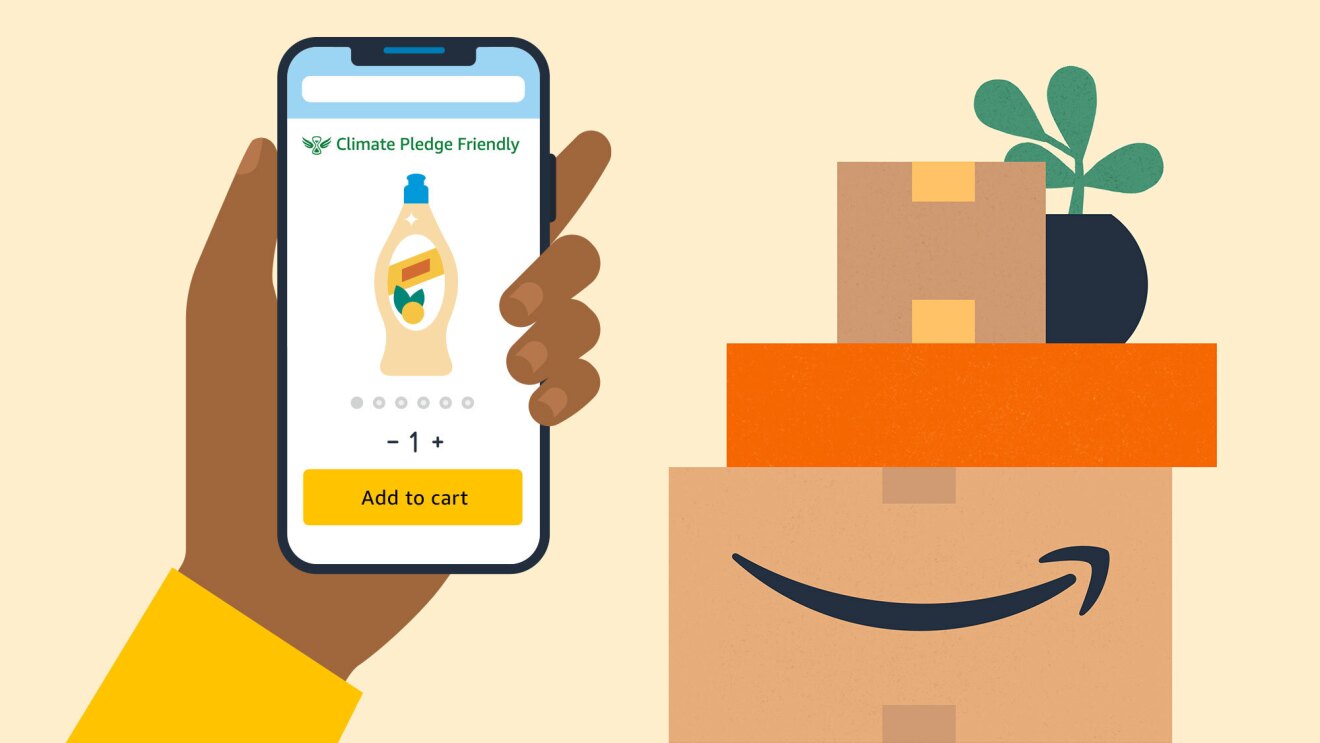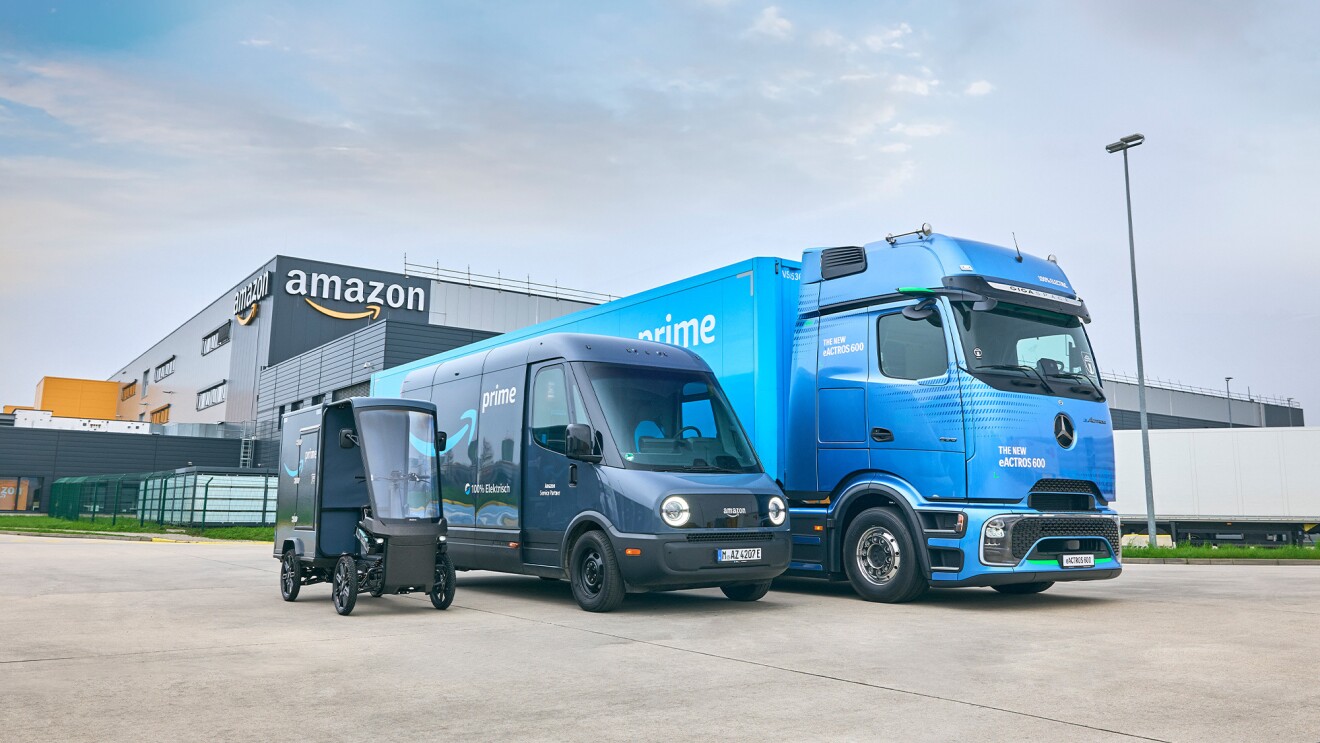Your next Amazon order could arrive without the familiar smile on its box or bag. About 11% of Amazon shipments globally now arrive in their original packaging, and we’re working on growing that number.
Amazon researchers are developing and testing cutting-edge solutions to reduce or eliminate extra packaging in our operations. One of the major hubs for this work is our Packaging Innovation Lab located just outside of Seattle. Here, we test a product’s original packaging to determine if it can be delivered safely without an Amazon box or bag and qualify for our Ships in Product Packaging program. We also work with brands and partners to develop custom packaging to reduce waste and offer an improved customer experience.
01 / 02
Selling partners can send products to our lab, approved third-party labs, or in some cases conduct the tests themselves to qualify to ship their products without Amazon packaging. If the product qualifies, it will automatically begin to ship in its own packaging as the default, helping us avoid excess packaging when possible.
When we identify product packaging that stands up to the series of tests, we use machine learning to identify other items in our store with similar qualities. Pro tip: you can check “Add Amazon packaging” during the checkout process if you would still like added Amazon packaging.

Ready to take a look inside the Packaging Innovation Lab to see how it works? Keep reading for the full tour.
Amazon designed the tests in the lab in partnership with the International Safe Transit Association (ISTA), a third-party group dedicated to the development, design, and evaluation of cost-effective and protective transport packaging. ISTA monitored Amazon’s entire fulfillment network—from transporting a package to a fulfillment center to its final arrival at the customer’s doorstep—to determine the most strain a package can potentially experience during fulfillment and delivery process. Their researchers then worked with our team to develop a series of tests to simulate those conditions.
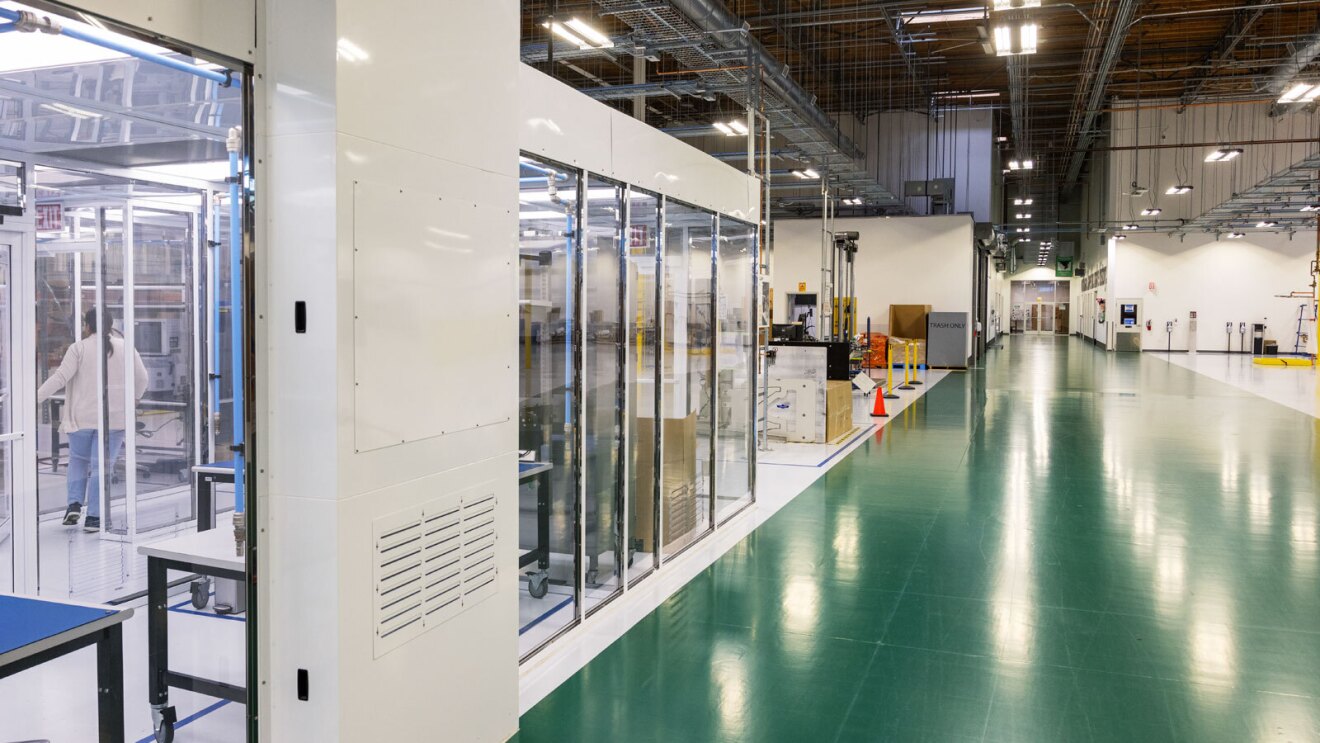
A big part of a product’s journey will be traveling on trucks to various locations. We use vibration tables with multiple settings to simulate the experience of traveling on various vehicle types to make sure the packaging will remain intact during transport. Based on the package’s size, different weights are placed on top to simulate the stacking of products.
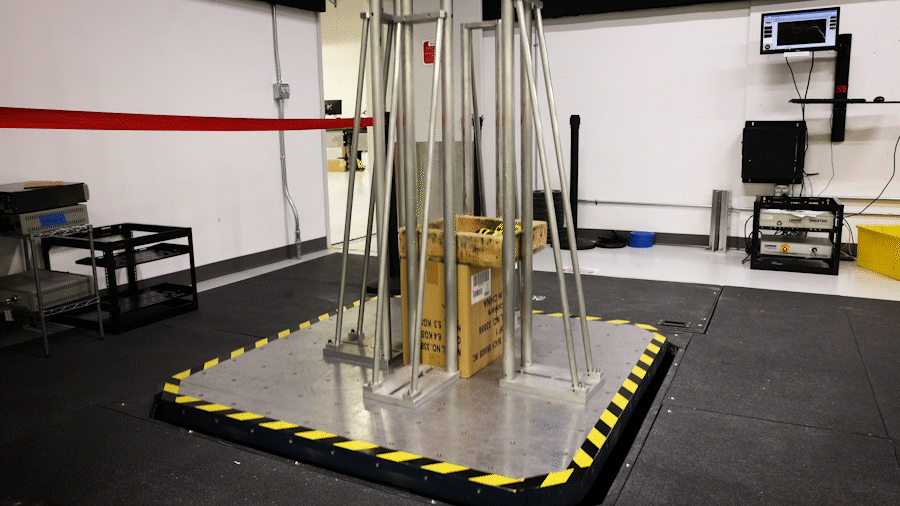
A drop test helps us simulate the package being picked up, moved, and hitting the ground. A machine holds each item then drops it from different angles to make sure the packaging is durable enough to withstand drops that might occur during the fulfillment process and even after delivery.

If the item is heavy and bulky, it requires additional testing. These types of items go through a compression test, which simulates the weight of other packages that might be stacked on top of it in one of our fulfillment centers.
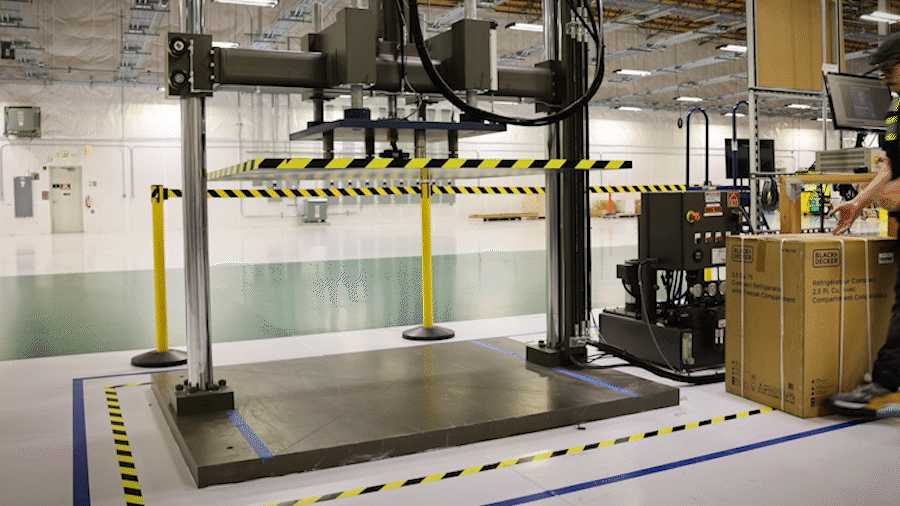
Another important test for large items is the Incline Impact Test System. This simulates scenarios where an item might hit against the wall of the truck, like when a driver has to hit the brakes unexpectedly.
Fun fact: TVs are one of the first items we looked at for the Ships in Product Packaging program. We wanted to minimize the packaging to make it easier for customers to unbox the product while ensuring the high-ticket item inside stays safe.
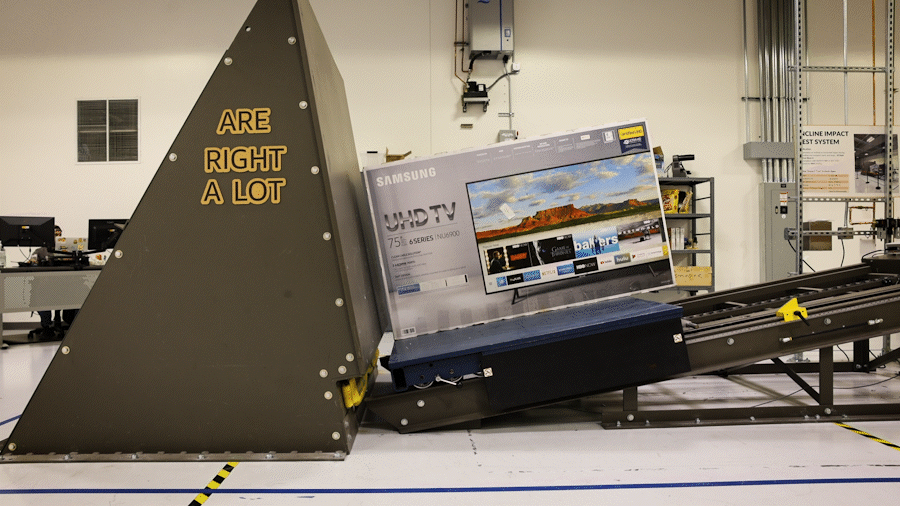
An additional test for large items ensures the packaging will hold up against forklifts. Heavier items might require a forklift to carry them through our facilities, so we use this machine to compress the packaging on either side and make sure it's strong enough to protect the item against the pressure. The example below shows a couch. Compression of items like couches and mattresses for ecommerce shipping is a great example of how packaging can reduce excess space.
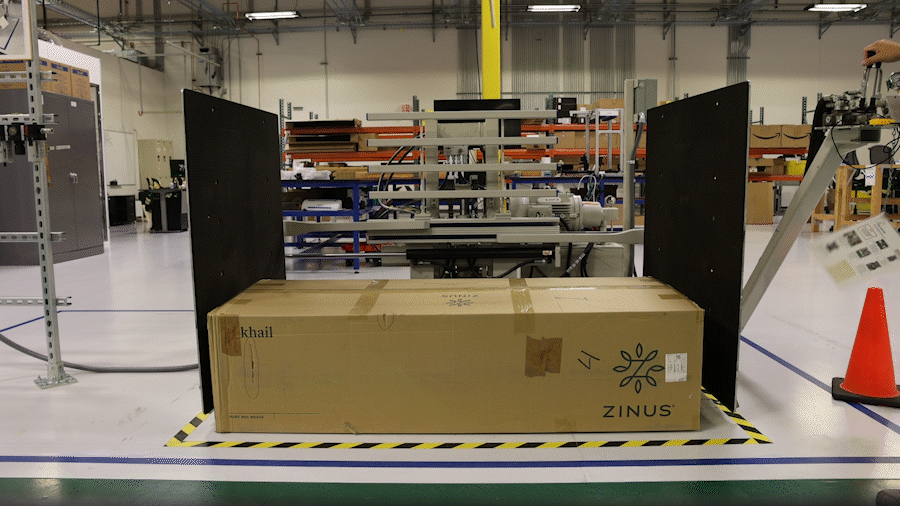
Once an item makes it through the testing process, it’s certified to begin shipping without additional Amazon packaging. Our success rates are high, but we continue to closely monitor customer feedback to ensure the products are arriving safely.
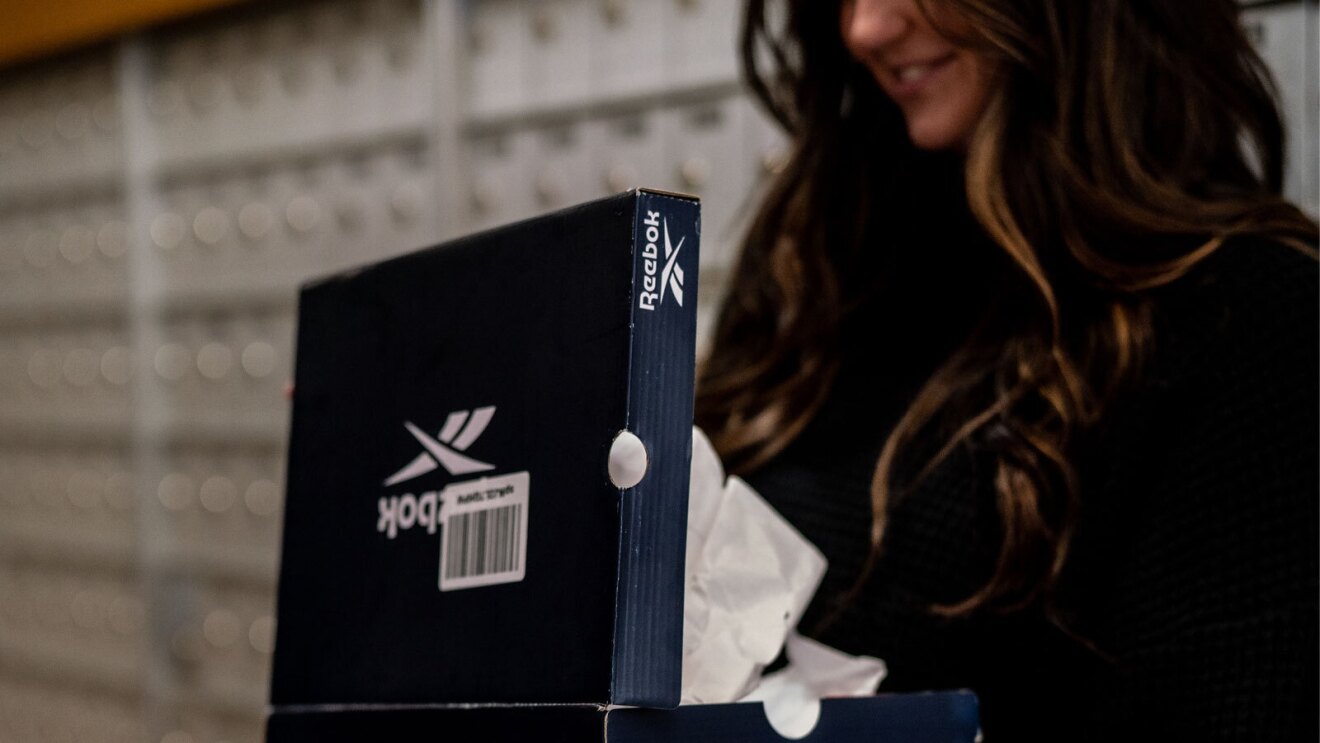
Want to learn more about Amazon’s efforts to make our packaging more sustainable? Check out the first U.S. automated fulfillment center to eliminate plastic delivery packaging.
Trending news and stories


